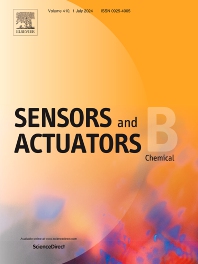Journals in Physical and theoretical chemistry
Journals in Physical and theoretical chemistry
- ISSN: 0025-5408
Materials Research Bulletin

- ISSN: 0921-5107
Materials Science and Engineering: B

- ISSN: 0026-265X
Microchemical Journal

- ISSN: 0921-4526
Physica B: Condensed Matter

- ISSN: 0277-5387
Polyhedron

- ISSN: 0960-8974
Progress in Crystal Growth and Characterization of Materials

- ISSN: 0079-6565
Progress in Nuclear Magnetic Resonance Spectroscopy

- ISSN: 0969-806X
Radiation Physics and Chemistry

- ISSN: 1381-5148
Reactive and Functional Polymers

- ISSN: 0925-4005
Sensors and Actuators B: Chemical

Related subjects
Atomic and molecular structure
Chemical kinetics
Computational chemistry
Crystal chemistry crystallography
Electrochemistry
Phase structure and relations
Photochemistry
Radiochemistry and nuclear chemistry
Solid state chemistry
Surface chemistry
Theory of liquids and solutions
Thermochemistry and thermodynamics